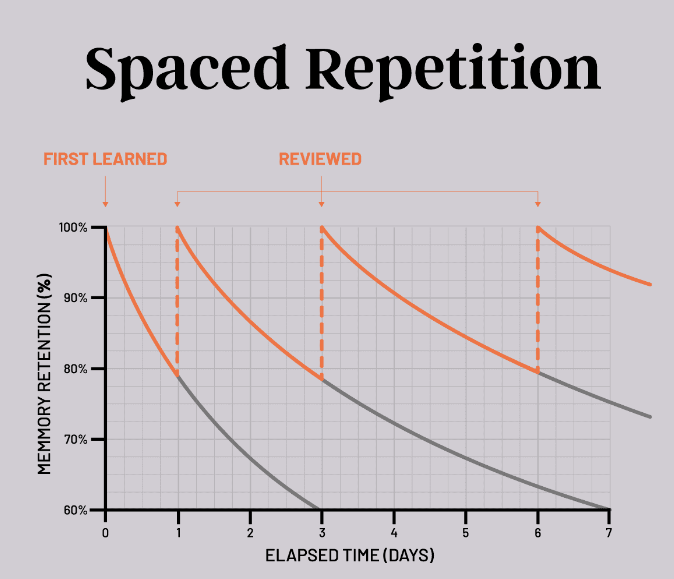Lặp lại ngắt quãng - Spaced Repetition
Tue, 27 Aug 2024

Follow the stories of academics and their research expeditions

We all want to change for the better. We dream of being healthier, more productive, less stressed, and more successful. But we often fall into the trap of trying to make drastic changes overnight, only to end up feeling overwhelmed and discouraged. If this sounds familiar, here's the good news: lasting change doesn't happen overnight. It happens one small step at a time, through the power of habit formation.
The Myth of Instant Transformation
We live in a world that bombards us with promises of quick fixes and instant results. We're told we can lose weight in a week, learn a new language in a month, or become a millionaire overnight. But these are often just marketing gimmicks that prey on our desire for instant gratification.
The truth is, real change takes time and effort. Trying to overhaul your entire life in one go is like trying to run a marathon without any training. You might start strong, but you'll quickly burn out and give up.
The Science of Habit Formation
Habits are behaviors that we perform automatically, without much thought or effort. They are ingrained in our brains and can be difficult to change. But by understanding how habits work, we can leverage this knowledge to create positive change.
The habit loop consists of three parts:
By understanding this loop, you can start to identify your cues, modify your routines, and choose rewards that support your desired changes.
The Power of Small Steps
Instead of trying to make drastic changes, focus on making small, manageable improvements. This could mean starting with just 5 minutes of exercise a day, reading one page of a book, or meditating for a few minutes. These small actions might seem insignificant, but they add up over time.
When you start small, you're less likely to feel overwhelmed or discouraged. You're also more likely to stick with the habit because it's easier to fit into your daily routine. As you see progress, you'll gain momentum and motivation to continue.
Building a Habit for Success
Here are some tips for building new habits:
Conclusion
Trying to change everything at once is a recipe for failure. Instead, embrace the power of small steps and build lasting change through habit formation. Remember, it's not about how fast you get there, it's about enjoying the journey and becoming the best version of yourself. So start small, be patient, and watch as your tiny habits lead to big transformations
Tue, 27 Aug 2024

Tue, 27 Aug 2024

Mon, 26 Aug 2024

Leave a comment